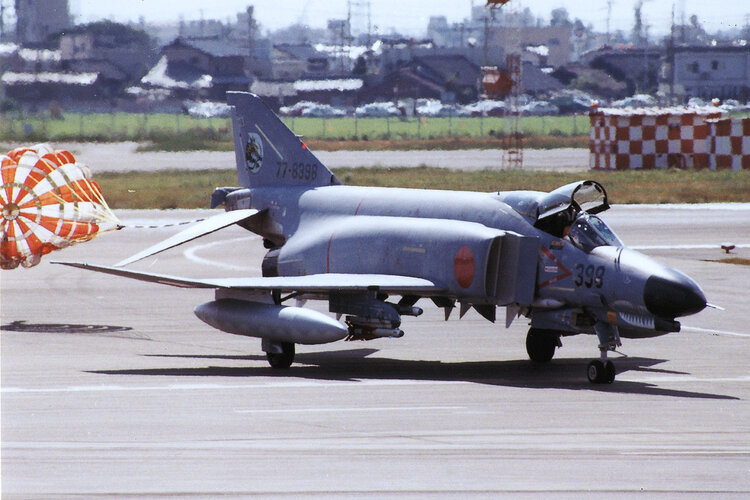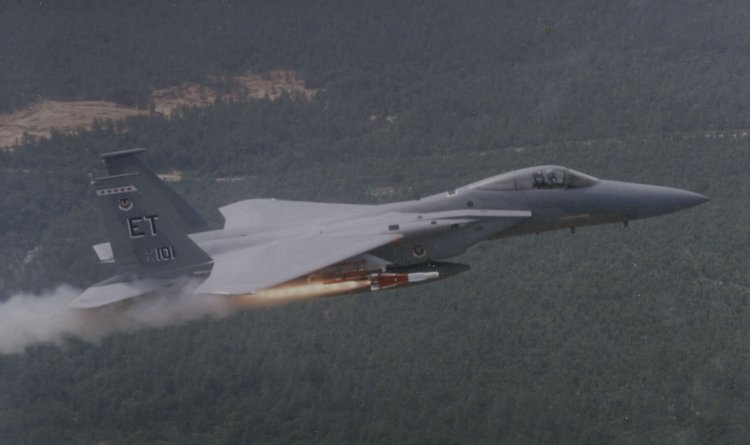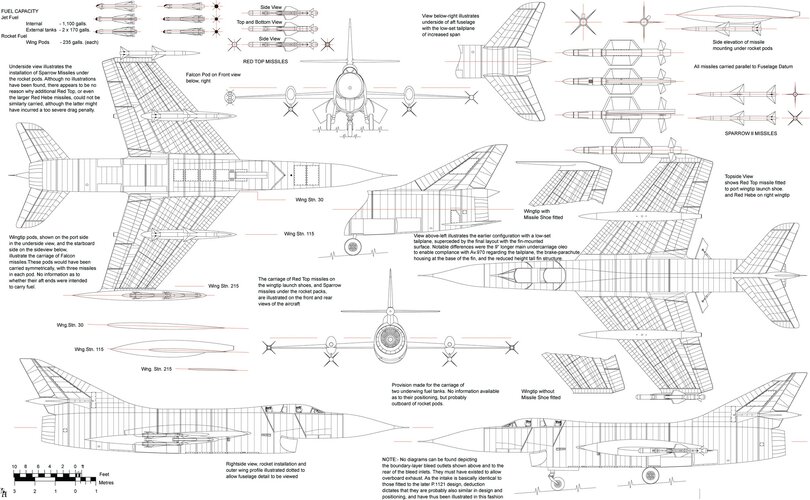pathology_doc
ACCESS: Top Secret
- Joined
- 6 June 2008
- Messages
- 1,401
- Reaction score
- 1,115
For all the issues Falcon had in Vietnam, it has to be remembered that unlike Sparrow and Sidewinder, every Falcon kill was an impact kill, implying that on those occasions when things actually worked, it might have been the better missile. AIM-4H was in development to sort out Falcon's worst problems, including that need to hit in order to explode, but ended up getting the axe. But what if it hadn't? AIM-4D was faster than Sidewinder, as fast as Sparrow... could an AIM-4H which sorted out the reliability issues and the inflexibility with cooling have saved the brand?
And once that's done, where to from there? The F-106 remained in service for thirteen years after Vietnam was over, and given the importance of its mission, would certainly have benefited from having a better IR missile. That AIM-4H was not continued solely to give the Six a better weapon greatly perplexes me.
And once that's done, where to from there? The F-106 remained in service for thirteen years after Vietnam was over, and given the importance of its mission, would certainly have benefited from having a better IR missile. That AIM-4H was not continued solely to give the Six a better weapon greatly perplexes me.



